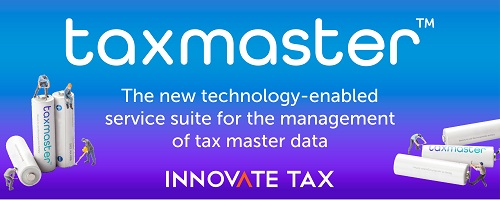Keywords : customs tariff, container, aluminum, combined nomenclature
Subject :
Commission Implementing Regulation (EU) No 1001/2013 of 4 October 2013 amending Annex I to Council Regulation (EEC) No 2658/87 as regards the tariff and statistical nomenclature and the Common Customs Tariff
Facts:
The present case concerns the question whether, for the purposes of the customs tariff, a tube transport system (TubeLock) developed by Global Gravity ApS, the defendant, is to be classified as an aluminum work under subheading 7616 99 90 99 or as a container under subheading 8609 00 90 00. The system consists of a number of aluminum support profiles. Each carrier profile has a steel bearing bar on both sides and two steel M20 bolts to fasten it. The aluminum support profiles are beam-shaped and have a number of semicircular recesses that are suitable for a specific pipe diameter. After the pipes have been laid in the recesses, a supporting profile is placed on the pipes, after which a new layer can be applied. The two carrying bars are provided with an eye through which a noose is passed when the transport system has to be unloaded from the means of transport. On 28-02-2014 Global Gravity ApS requested the Danish tax authorities for a decision regarding a binding tariff information regarding TubeLock®. By decision of 15.08.2014, the Danish tax authorities determined that TubeLock® should be classified as an aluminum work under subheading 7616 99 90 99 of the customs tariff. On 3-11-2014 Global Gravity ApS lodged an objection against that decision with the Danish Supreme Administrative Authority for Tax Matters. In those proceedings, it argued that TubeLock® should be classified as a container under subheading 8609 00 90 00 of the customs tariff.
Consideration:
The Danish Government takes the view that the product concerned should be classified under subheading 7616 99 90 99 of the customs tariff. TubeLock cannot be classified under subheading 8609 00 90 00 of the Customs Tariff. In order for a product to be classified under heading 8609, two conditions must be met, based on the wording of this heading. First, it must be a container. Secondly, it must be a container that is furnished and equipped for transport by any means of transport. The defendant essentially argues that the TubeLock® product is correct, namely as a container, is classified under subheading 8609 00 90 00 of the Customs Tariff. Defendant argues that the TubeLock® container/transport system falls under this description because TubeLock® is designed as a container and is equipped for one or more modes of transport. The parties agree that the interpretation of the term ‘container’, and therefore the scope of heading 8609 of the Combined Nomenclature, has not been addressed in either the Danish case-law or the case-law of the European Union. Defendant argues that the TubeLock® container/transport system falls under this description because TubeLock® is designed as a container and is equipped for one or more modes of transport. The parties agree that the interpretation of the term ‘container’, and therefore the scope of heading 8609 of the Combined Nomenclature, has not been addressed in either the Danish case-law or the case-law of the European Union. Defendant argues that the TubeLock® container/transport system falls under this description because TubeLock® is designed as a container and is equipped for one or more modes of transport. The parties agree that the interpretation of the term ‘container’, and therefore the scope of heading 8609 of the Combined Nomenclature, has not been addressed in either the Danish case-law or the case-law of the European Union.
Preliminary questions:
1) Which criteria should be applied to determine whether a product is a container within the meaning of subheading 8609 00 9000 of the Combined Nomenclature of the Common Customs Tariff, as set out in Annex I of Implementing Regulation (EU) No 1001/2013 of the Commission of 4 October 2013 amending Annex I to Council Regulation (EEC) No 2658/87 on the tariff and statistical nomenclature and on the Common Customs Tariff, and:
(a) a product may be individually classified as a container on the basis of any of these criteria;
(b) an overall assessment of these criteria should be made to determine whether a product can be classified as a container, so that if several – but not all – of the criteria are met, this results in the article being classified as a container is classified; or
c) Do all criteria have to be met cumulatively before a product can be classified as a container?
(2) Does the term “container” fall under subheading 8609 00 9000 of the Combined Nomenclature of the Common Customs Tariff, as set out in Annex I to Commission Implementing Regulation (EU) No 1001/2013 of 4 October 2013 amending Annex I to Council Regulation (EEC) No 2658/87 on the tariff and statistical nomenclature and on the Common Customs Tariff, to be interpreted as including a product consisting of a tube conveying system described as follows:
The system is formed by a number of aluminum support profiles, two steel bearing bars per support profile and two M20 bolts per support profile to fix the support profiles. The pipes are laid on the support profiles. Another set of support profiles is placed on top of this and pipes are also laid on those profiles. This is repeated until the desired number of tubes has been loaded. The system is always closed with a set of support profiles. When all tubes are located between the supporting profiles, steel straps are attached to the (eyes of the) supporting rods at each of the four corners and the product is ready to be loaded,
Source Minbuza.nl















